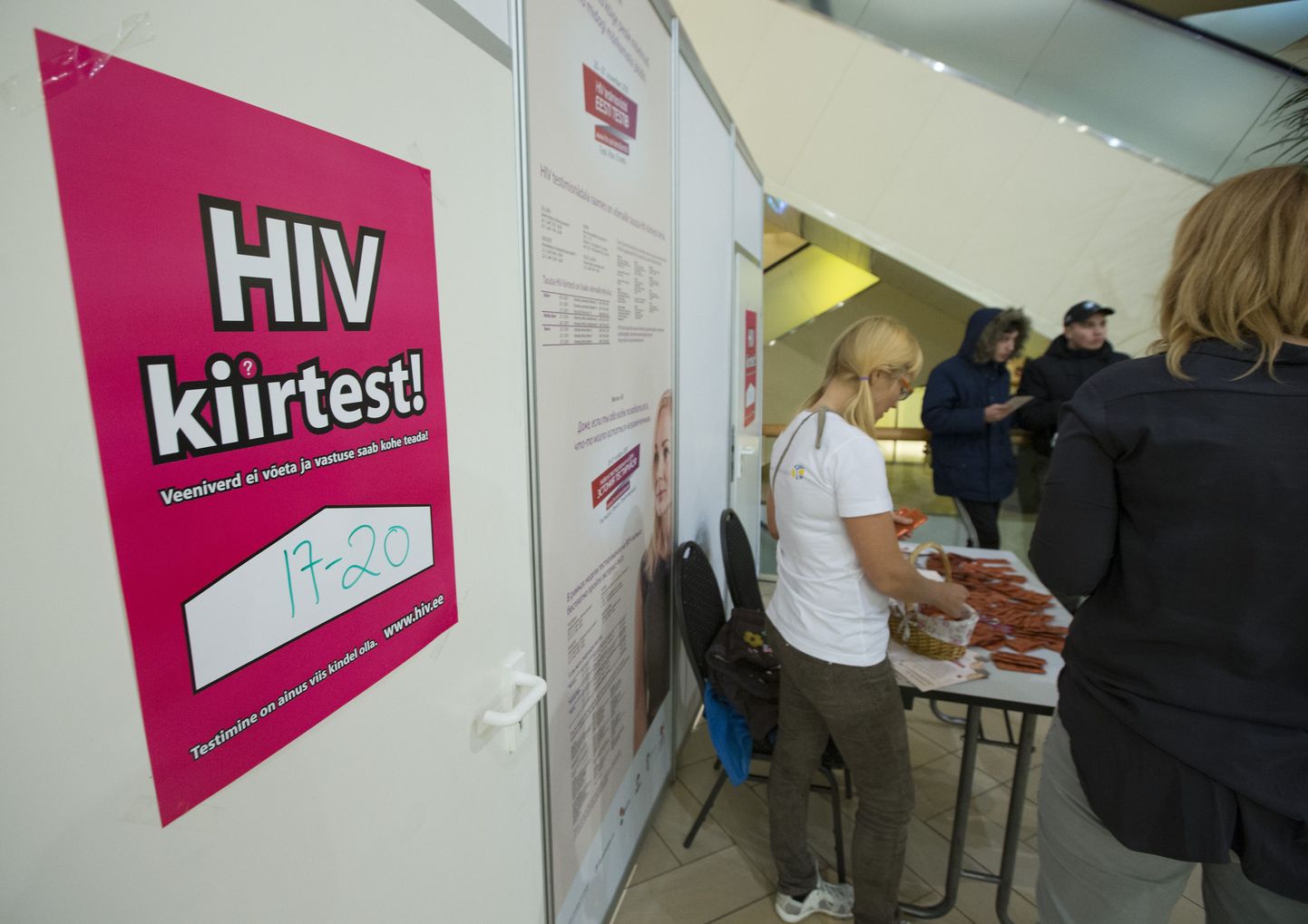No one can say today just how many such cases there were. The World Health Organization (WHO) believes double diagnoses could account for 9 to 34 percent of the total number of HIV-positive people, while head of the Estonian Institute for Health Development's (TAI) narcotics monitoring center Kristi Rüütel puts the relative importance at just over 20 percent at the most.
„Centers diagnosed 1,483 anonymous cases of HIV in 1987-2008. This makes up 21 percent of all positive diagnoses by the end of 2008 (6,909). The relative importance has been higher in some years, lower in others; however, it has never exceeded 30 percent,“ she clarified.
The year 2008 serves as an important milestone as since then centers have asked everyone diagnosed as HIV-positive for their personal information. While people can refuse identification, Rüütel says this happens very rarely. This way it is immediately clear whether the person has been diagnosed before.
The likelihood of duplicate diagnoses is further reflected in the fact that the number of new HIV-positive cases fell abruptly in 2009, as well as in falling number of diagnoses by anonymous testing centers – repeat diagnoses were not recorded.
Even though this kind of double registration seems illogical and even peculiar, considering the weight of the matter, Estonia was not the only country to potentially overestimate the number of people infected with the virus.

